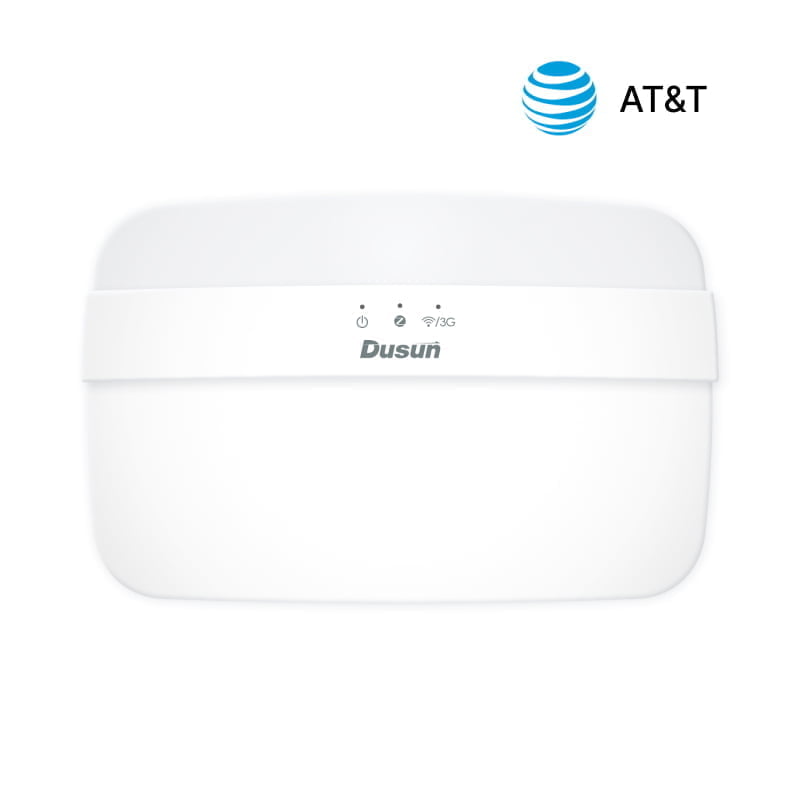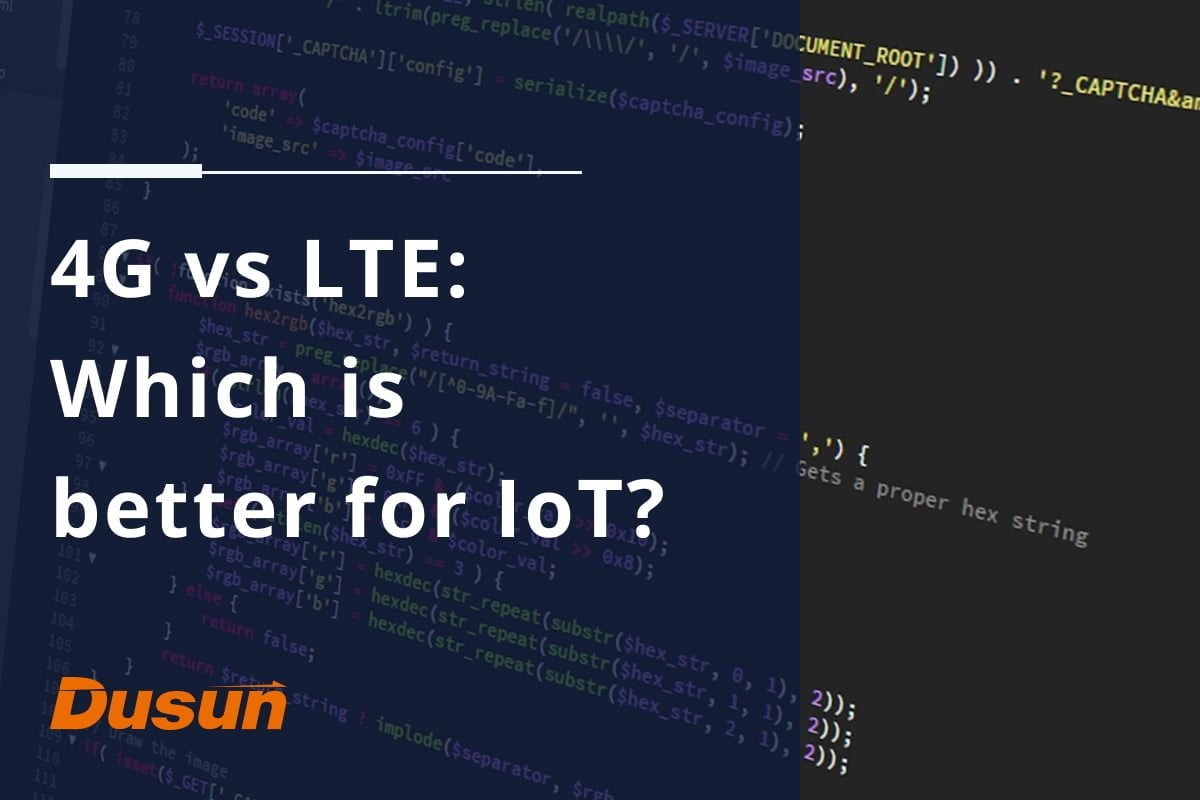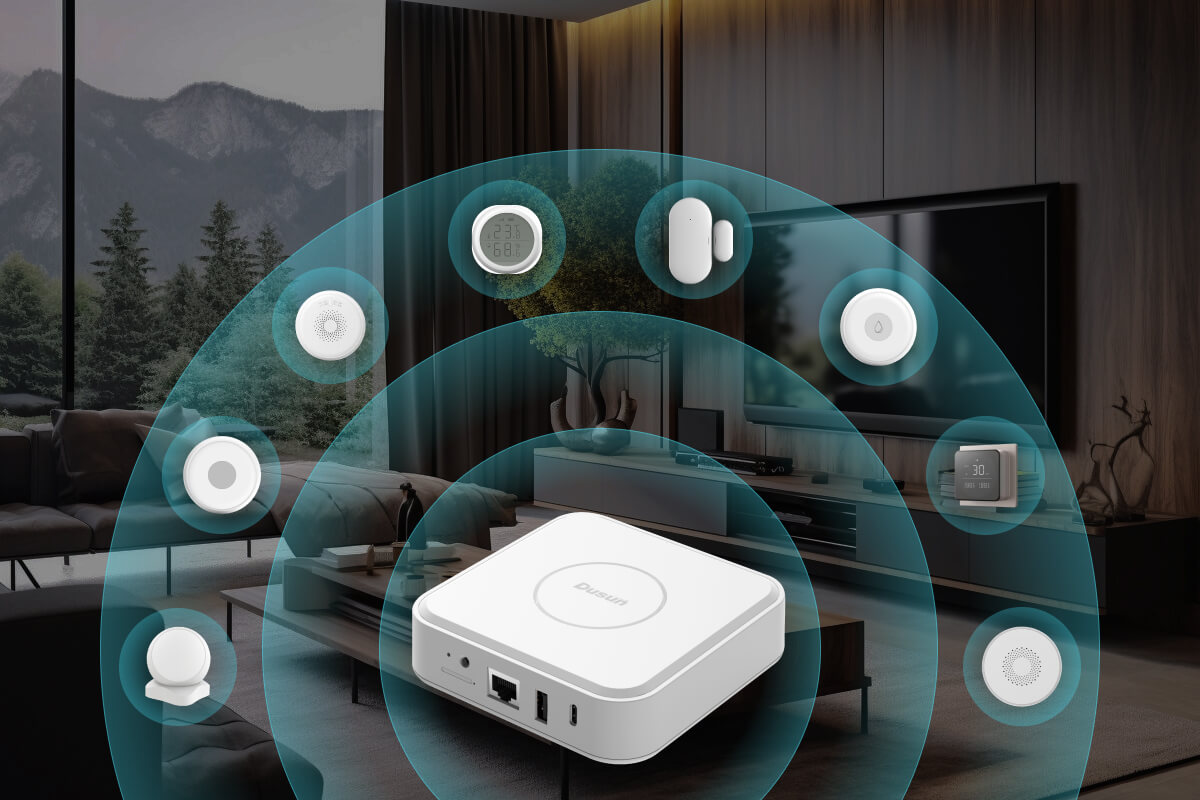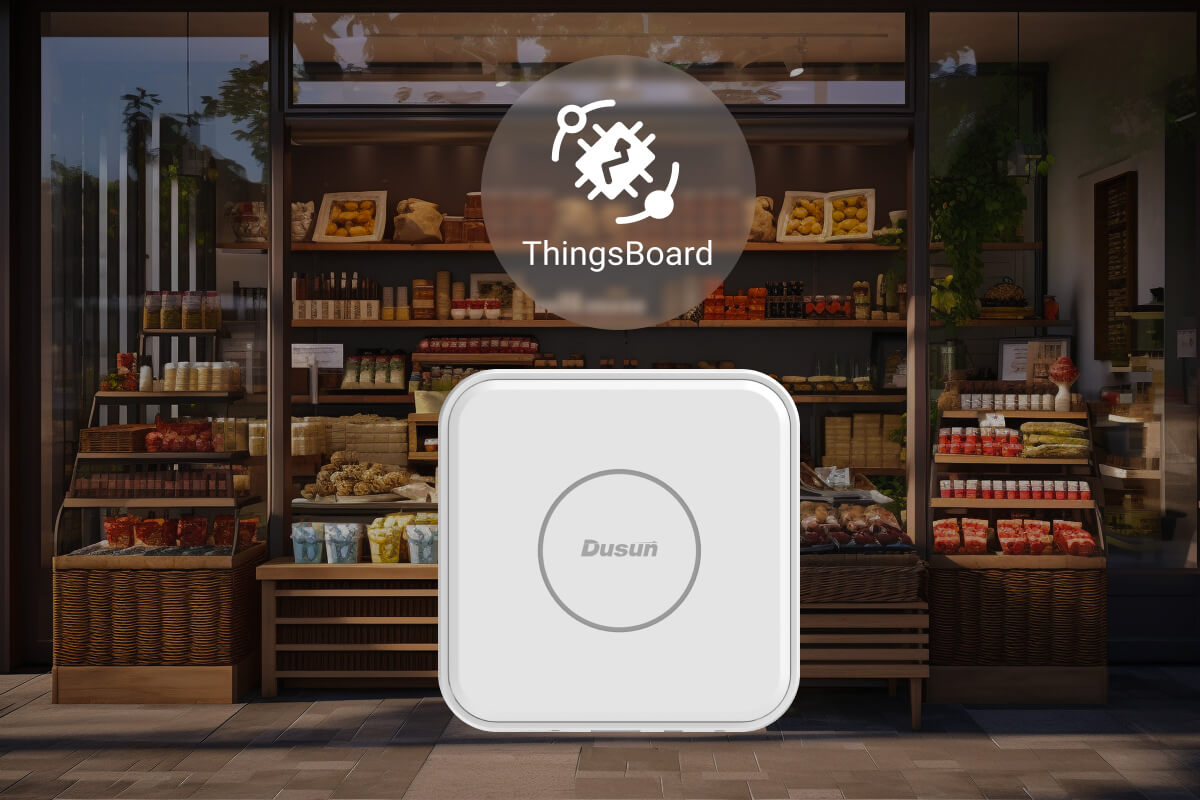Fourth-generation (4G) networks and Long Term Evolution (LTE) networks were mostly released at the same time and are frequently promoted jointly. Wireless communication technologies like 4G and LTE both rely on cellular data to offer internet connectivity. But LTE, a more sophisticated technology, outperforms 4G in terms of speed, latency, and coverage. In-depth explanations of the essential distinctions between LTE and 4G are provided in this article and it may helps you to choose a suitable LTE gateway.
What is 4G?
4G is an umbrella term for the fourth generation of cellular communications, offering speeds approximately 10 times faster than current third-generation, or 3G, networks. Its higher data transfer speeds could make smartphones more comparable to PCs, giving them better multimedia and gaming capabilities.
4G uses high-speed upload and download data packages to enable customers to get broadband speeds from their mobile devices, tablets or laptops. It’s basically a radio system with masts broadcasting 4G signals across the country. Your 4G device communicates with a base station, which then relays data from the internet to your device and vice versa.
When compared to 3G networks, 4G networks offer much higher data rates. This makes it possible for quicker downloads, better video streaming, and improved browsing. 4G networks have a higher capacity than 3G networks, which can accommodate more simultaneous connections.
This reduces network congestion and improves performance even in congested places. 4G delivers lower latency than earlier generations, giving consumers a more responsive experience. Low Latency is the time it takes for data to start moving after receiving a command to do so. This is especially crucial for real-time applications like VoIP, online gaming, and video conferences.
4G technology has been developed to offer better signals and more dependable coverage, lowering the frequency of lost calls and connection problems. 4G networks utilise the spectrum more effectively than 3G networks, enabling the transmission of more data over the same amount of bandwidth. 4G networks are capable of supporting a larger selection of devices, such as smartphones, tablets, and numerous IoT gadgets.
What is LTE?
A wireless cellular network that adheres to the LTE standard is characterised by its superiority, high speed, and high level of security. In addition to this, it has a very high degree of dependability, but only if there is a strong LTE signal available. Because of its lightning-fast connection and increased capacity, it comes highly recommended for use with resource-intensive apps that require high speeds.
In point of fact, it is recognised as being the fastest wireless technology available for use in mobile devices and smart phones, and there is excellent justification for this. Because it relies on radio waves rather than microwaves, as opposed to 3G and WiMAX, it possesses superior penetrability and wider coverage, both of which can be extended to more remote locations.
LTE is capable of providing faster data transfer rates, making it possible for users to download and upload material more quickly, increase the smoothness of video streaming, and enhance their ability to browse the web. LTE networks are able to concurrently support a greater number of users and devices, which reduces the number of problems caused by network congestion and improves overall performance.
4G vs LTE comparative analysis
| Feature | LTE | 4G |
| Definition | Wireless communication standard | Wireless communication standard |
| Generation | 3.9G | 4G |
| Speed | Up to 300 Mbps (Megabits per second) | Up to 100 Mbps (Megabits per second) |
| Frequency band | 700 MHz to 2600 MHz | 700 MHz to 2600 MHz |
| Latency | <10 ms | <50 ms |
| Network architecture | All-IP | Packet-switched only |
| Voice communication | Requires VoLTE (Voice over LTE) | Uses VoIP (Voice over IP) or VoLTE |
| Security | More secure than 4G | Relatively less secure than LTE |
| Coverage | More extensive than 4G | Less extensive than LTE |
| Deployment | Ongoing | Phased out in favor of LTE |
| Spectrum efficiency | More efficient than 4G | Less efficient than LTE |
| Backward compatibility | Compatible with 3G networks | Compatible with 3G and 2G networks |
| Applications | Mobile broadband, video streaming, IoT | Mobile broadband, video streaming, VoIP, gaming |
The network of devices that are linked to the internet and have communication capabilities is known as the Internet of Things (IoT). These gadgets, which may be anything from basic sensors to intricate machinery, are employed in a number of sectors including healthcare, manufacturing, and transportation. However, providing dependable and quick communication to these devices, independent of their location, is one of the major issues in the IoT industry.
LTE is useful in this situation. LTE is an excellent choice for IoT applications since it outperforms 4G in terms of speed, coverage, and security. The following are some particular ways that LTE might assist IoT:
Better coverage
Thanks to the use of cutting-edge radio technology like MIMO (Multiple Input Multiple Output) and carrier aggregation, LTE provides more coverage than 4G. As a result, LTE can link IoT devices in remote or challenging-to-reach locations where other wireless technologies could have trouble.
Faster download and upload speeds
LTE can theoretically deliver download and upload rates up to 300 Mbps, compared to 100 Mbps for 4G. IoT devices can now transmit and receive data more quickly, which is crucial for real-time data-processing applications like remote monitoring and control.
Low latency
LTE has a delay of less than 10 milliseconds compared to 4G’s delay of less than 50 milliseconds. This implies that real-time communication between IoT devices is possible, which is crucial for applications like industrial automation and driverless cars.
Security
Because LTE uses more sophisticated encryption techniques than 4G, it is more secure than 4G. Because of this, it works better for applications that need high degrees of security, such online banking and financial transactions.
Quality of Service
LTE provides quality of service (QoS), which enables network operators to prioritise traffic in accordance with particular factors like data type or device type. This is crucial for Internet of Things applications since different devices may need different levels of priority depending on how crucial they are.
Longer battery life
LTE has been developed to provide devices a longer battery life, which is vital for IoT applications that may be installed in distant or difficult-to-reach areas. This is accomplished through energy-saving settings and other device optimisations that consume less energy.
Compatibility
IoT devices that were created for 3G networks can still function with LTE since LTE is backward-compatible with 3G networks. This is crucial for businesses looking to move to a better network technology from their current IoT implementations.
Why choose a cellular LTE gateway?
A cellular LTE gateway is a piece of hardware that connects to a cellular data network, such LTE, and gives other devices internet access. By creating a data link with the cellular network, which offers high-speed data connectivity across extensive distances, it does this. The LTE gateway connects to the internet and then offers Wi-Fi or Ethernet connectivity to other devices so they can also access the internet.
Additionally, it carries out NAT to let several devices to share a single IP address, has security measures, and allows management and setup. This makes it a useful tool for companies and organisations that need to manage many LTE devices across several locations or give internet connectivity to a large number of devices.

For device data, a cellular LTE gateway often serves as a “aggregator” and translator. For instance, a gateway can gather data from a large number of field devices, convert it to IP protocol, and send it via a cellular network. The primary job of a cellular LTE gateway is to translate protocols. A gateway can convert data from protocols such Wired HART, Modbus, or Zigbee into a format that can be delivered over a wireless network with ease.
Due to the fact that they may not have more extensive networking traffic management or other advanced features, gateways are often simpler devices than routers. To give a complete solution, gateways are frequently used in conjunction with other hardware. Gateways are often simple to set up and run since they have onboard programming capabilities. A lot of devices and sensors can connect to a single gateway because it is built to be very scalable.
High-performance LTE cellular gateway
Dusun LTE cellular gateways offer high-speed internet connectivity, wide coverage, multiple connectivity options, advanced security features, remote management capabilities, and scalability, which make them a valuable tool for businesses and organizations that need to provide internet connectivity to multiple devices or manage multiple LTE devices across different locations.
It is important to note that Dusun DSGW-040 LTE gateway has gotten the AT&T IoT device certification. One of the top telecom companies in both the US and the rest of the world is AT&T. Customers may find a virtual carrier to be a more sensible and affordable choice. It makes perfect sense for them to choose an AT&T gateway because it will save them the trouble of submitting multiple certificates.
The 4G LTE gateway has made significant progress with RF antennas. In terms of transmitting and receiving power, it is an exceptional performance.

High-speed connectivity
Dusun LTE cellular gateways provide high-speed internet connectivity using cellular data networks, such as LTE. This allows devices to transmit and receive data quickly and reliably.
Wide coverage
Dusun LTE cellular gateways have a wide coverage range, which allows them to provide internet connectivity to devices in remote or hard-to-reach areas.
Multiple connectivity options
Dusun LTE cellular gateways provide multiple connectivity options, including Ethernet, Wi-Fi, and RS485. This allows them to provide internet connectivity to a wide range of devices and applications.
Advanced security features
Dusun LTE cellular gateways have advanced security features, including VPN support and a built-in firewall, which help to protect devices on the network from security threats.
Remote management
Dusun LTE cellular gateways can be remotely managed and configured using a cloud-based management platform. This allows businesses and organizations to manage multiple gateways across different locations from a single interface.
Scalability
Dusun LTE cellular gateways are scalable, which means that businesses and organizations can add or remove gateways as their needs change, without having to replace individual devices.
Dusun LTE cellular gateways can be widely used in medical care, smart agriculture, smart apartments and other fields, and have been verified by a large number of practices. Please contact us through the side form or chat, Dusun IoT engineers will customize the LTE celluar gateway for your IoT project.
4G vs LTE FAQs
What does IoT LTE A mean?
The ITU’s specification for 4G systems is planned to be completely complied with for the first time with Long Term Evolution Advanced (LTE-A), which is described in 3GPP Release 10. The desired peak rate for uplink and downlink is larger than 500 Mbps and 1 Gbps, respectively.
Why is 5G superior to 4G for IoT?
In the proper circumstances The maximum 5G download speed is 10 gigabits per second. That is up to 100 times quicker than 4G, which is undoubtedly the performance level required for a society that is becoming more and more connected.
What are the drawbacks of 5G for IoT?
The main disadvantage of 5G is that it is now only available in a few places throughout the world. Cities will benefit from the 5G network the most; rural areas might not get service for several years.
















